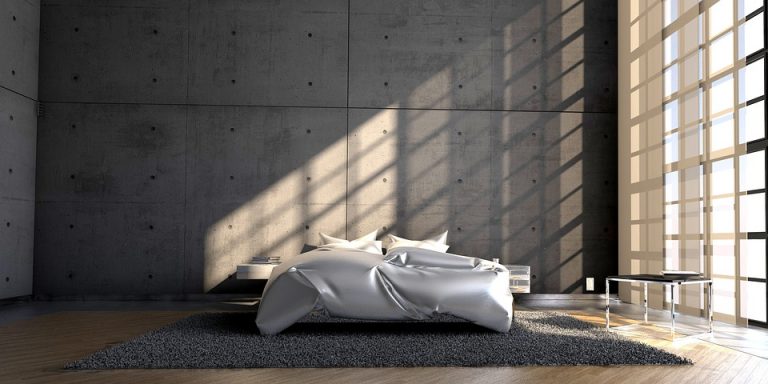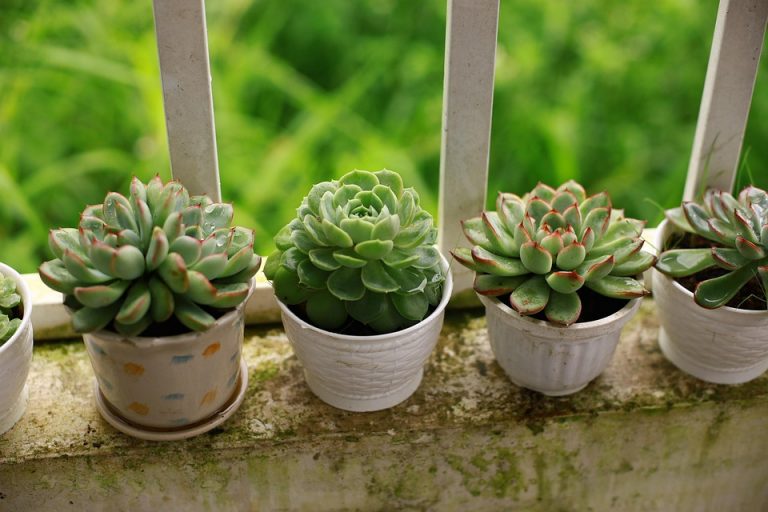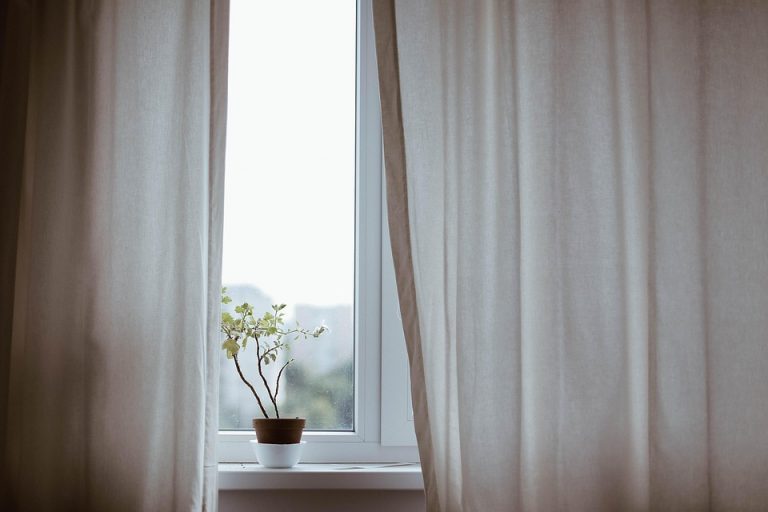Contents
- Backyard makeover ideas
- Why Small Yards Deserve Big Design
- How To Read This Guide
- Budgeting, Materials, And Timelines
- Maintenance That Keeps Your Makeover Looking New
- Bottom Line
- FAQ
Backyard makeover ideas
Backyard makeover ideas are simple, proven ways to turn a tiny outdoor patch into a sanctuary you actually use. It’s not just about pretty plants; it’s about restoring your calm, adding usable square footage, and boosting your home’s value without blowing your budget. You want something beautiful that works for your life — evenings with friends, quiet mornings with coffee, and room for the kids to play. Let’s do that, with grit and good taste.
Small yards ask for smart moves. The trick is to *think up and in*, not out. This piece lays out seven backyard makeover ideas that are practical, stylish, and easy to implement. I’ll give you what works, why it matters (science agrees), and exactly how to get it done — with budgets and timelines that don’t make you sigh.
Why Small Yards Deserve Big Design
When you treat a small yard like a cramped afterthought, it stays that way. But science shows exposure to green space reduces stress and improves mood — Harvard’s public health work makes that clear. A thoughtful backyard is not frivolous; it’s medicine for your mind and a smart investment for your home. You’ll use the space more, host more, and feel better — that’s a promise grounded in research and plain common sense.
How To Read This Guide
Each idea below gives you: the benefit, what to buy, an easy DIY path, and a pro-level tip. Mix and match. Try one or do them all over a weekend. These backyard makeover ideas are built to scale to your time, your budget, and your stubbornness.
1. Vertical Gardens And Living Walls
When square footage is tight, go vertical. A **vertical garden** turns blank fences into lush screens and adds privacy without stealing floorspace. The payoff is immediate: more greenery, cooler air, and an instant focal point.
Buy modular pocket planters, recycled pallet frames, or wall-mounted troughs. Plant drought-tolerant herbs, succulents, or leafy vines for low maintenance. For best results, use a lightweight potting mix and an automatic drip line to prevent dry spells.
University extension programs, like those from the University of California, recommend species selection based on sun exposure — that advice keeps plants alive. If you want a pro touch, have a landscape designer map irrigation zones once; it saves water and headaches later.
Pro Tip
Layer pockets: taller plants at top, trailing plants below. It creates depth and fullness without adding any ground footprint.
2. Built-In Benches And Multi-Functional Seating
Seating can be storage, garden border, and a social magnet. Built-in benches make a tight yard feel intentionally cozy. They anchor the space and eliminate bulky furniture that eats square footage.
Use weather-resistant cedar or composite boards and add hinged lids for storage. Cushions in outdoor fabric bring comfort and color. You’ll be amazed how a continuous bench makes the space feel larger and more finished.
A study of small-space outdoor use shows people tend to gather where seating is comfortable and continuous — design determines behavior. Put the seats against a wall or fence and leave the center open for movement.
Pro Tip
Design the bench height so it doubles as a low table when you need surface space for trays or plants.
3. Mini Water Features And Compact Fire Pits
Sound and warmth transform how you use outdoor space. A small fountain or bubbling urn masks city noise and brings calm. A compact propane fire pit extends evenings into cooler months and makes your yard a year-round room.
Choose electric pumps for fountains — quieter and low maintenance. For fire pits, look for models with safety features and a built-in spark screen. Both add sensory layers that make small yards feel expansive.
Landscape architects say water features draw the eye and create depth; even a bowl with a recirculating pump reads as luxe. Safety first: keep fire features a safe distance from structures and overhanging trees.
Pro Tip
Place a fountain near seating to maximize the calming effect. Use pebbles to hide the trough and blend the feature into planting beds.
4. Smart Lighting And Layered Illumination
Lighting extends usability and dramatically changes mood. Layered lighting — path lights, uplights, and string lights — creates intimacy and depth while keeping the space functional after dusk.
Install solar path lights for a cheap, no-trenching option. For stronger, reliable light, low-voltage LED systems are energy-efficient and easy to expand. Uplighting on a specimen tree and soft string lights over the seating give that “magazine” glow without a huge bill.
Experts in outdoor lighting warn about glare and over-illumination. Aim for pools of light, not harsh floodlighting. Motion sensors for safety lights are smart, but keep entertaining spaces cozy with dimmable options.
Pro Tip
Warm white LEDs (2700–3000K) feel inviting. Cool blue-white lights feel clinical and should be avoided in intimate settings.
5. Paved Patterns And Defined Zones
Paving creates usable platforms that feel bigger than bare dirt. A small patio, a stepping-stone path, or patterned pavers define zones for dining, lounging, and planting without walls or partitions.
Use permeable pavers to help with drainage and local runoff — the EPA and many municipalities encourage permeable surfaces to reduce stress on stormwater systems. Gravel plus a border is a low-cost alternative that looks intentional and keeps mud at bay.
Define a central focal point — a rug, a table, or a fountain — and arrange zones around it. That single move gives the illusion of more space because the eye knows where to rest.
Pro Tip
Diagonal or herringbone patterns make narrow areas look wider. A border of contrasting pavers frames the space like a picture.
6. Container Gardening And Pocket Planting
Containers let you pack color and texture into every inch. They’re flexible, movable, and perfect for renters. Use large planters to create “green walls” that shift with the seasons.
Choose lightweight containers for mobility and well-draining soil mixes to protect roots. Incorporate edible plants — herbs, cherry tomatoes, salad greens — so your beauty pays you back at dinner.
Studies from botanical gardens show container gardens support biodiversity even in dense urban areas. They’re also excellent for pollinators if you pick nectar-rich species.
Pro Tip
Group odd-numbered containers for a natural look and stagger heights to create visual interest without crowding the ground.
7. Deck And Roof-Upgrades For Extra Living Space
If you’ve got a sliver of a yard, adding a raised deck or extending a roofline with a pergola creates a sense of room. Overhead structure gives you shade and a place to hang lights, plants, or a retractable screen.
Composite decking is low maintenance and lasts. A simple pergola paired with climbing vines provides a living ceiling that cools and softens the space. Check local building codes and HOA rules before you build — permit surprises kill momentum.
Contractors and home improvement sites show that a modest deck returns a strong portion of cost in resale value. It’s one of the few improvements that adds both function and marketability.
Pro Tip
Install a lattice or retractable screen on one side for wind and privacy. It makes an outdoor room feel intentional and sheltered.
Budgeting, Materials, And Timelines
Not every idea needs a contractor. Here’s a simple budget split:
- Under $300: Containers, string lights, solar path lighting, small fountain.
- $300–$1,500: Built-in bench with storage, modular vertical planters, compact fire pit.
- $1,500+: Composite decking, professional pergola, large built-in seating and irrigation.
Most DIY projects can be finished in a weekend. Bigger builds take two to four weeks with permits. Start with the lighting and seating; they change how you use the space immediately and set a foundation for the other elements.
Maintenance That Keeps Your Makeover Looking New
Commit 30 minutes a week: prune, sweep, water. Use mulch to reduce watering and weed pressure. A simple seasonal refresh — new cushions, a fresh coat of paint on a bench, swapped plants — keeps the space feeling alive without heavy labor.
If you’re planting edibles, rotate crops and replenish soil annually. For trees and larger shrubs, an arborist consult every few years is worth the investment to prevent damage and keep growth in check.
Bottom Line
Backyard makeover ideas for small spaces don’t need to be extravagant. They need to be smart, purpose-driven, and soulful. Use vertical planting, multi-use seating, layered lighting, and a focal point to make the most of every square foot. Science links time in green space to better mental health, and sensible design makes those minutes easier to come by. Start small, pick one project, and build momentum. You’ll be surprised how much life a tiny yard can hold.
You deserve a backyard that invites you in. Take one of these ideas and make it yours.
FAQ
How Do I Choose The Best Idea For My Small Backyard?
Assess your biggest need: more seating, shade, greenery, or privacy. Pick the idea that solves that problem first and build from there. If you’re unsure, start with lighting and seating — they change use patterns immediately.
Will These Makeovers Increase Home Value?
Yes. Outdoor improvements like decks, quality patios, and well-designed landscaping typically offer solid returns. Even modest upgrades increase curb appeal and buyer interest.
Can I Do These Projects If I Rent?
Absolutely. Containers, vertical planters that hang on fences, solar lighting, and portable seating are renter-friendly. Ask your landlord about more permanent options before installing anything bolted to the ground.
How Much Maintenance Do These Changes Require?
Minimal if you design for low maintenance. Use drought-tolerant plants, automatic drip irrigation, and weather-resistant materials. A half hour a week keeps most small yards looking polished.
References
Harvard T.H. Chan School of Public Health reports on the health benefits of nature and access to green space, showing improvements in mental well-being and reduced stress (http://www.hsph.harvard.edu/nature-and-health).
The United States Environmental Protection Agency provides guidance on permeable pavements and stormwater management to reduce runoff and protect local watersheds (http://www.epa.gov/permeable-pavement).
The University of California Agriculture and Natural Resources offers practical advice on vertical gardening, plant selection, and irrigation best practices for smaller spaces (http://ucanr.edu/vertical_gardens).
The Centers for Disease Control and Prevention discusses the benefits of active outdoor spaces for public health and community design (http://www.cdc.gov/healthyplaces).
The National Institutes of Health hosts peer-reviewed research on urban green spaces and psychological benefits that support time spent outdoors (http://www.nih.gov/green-space-research).








